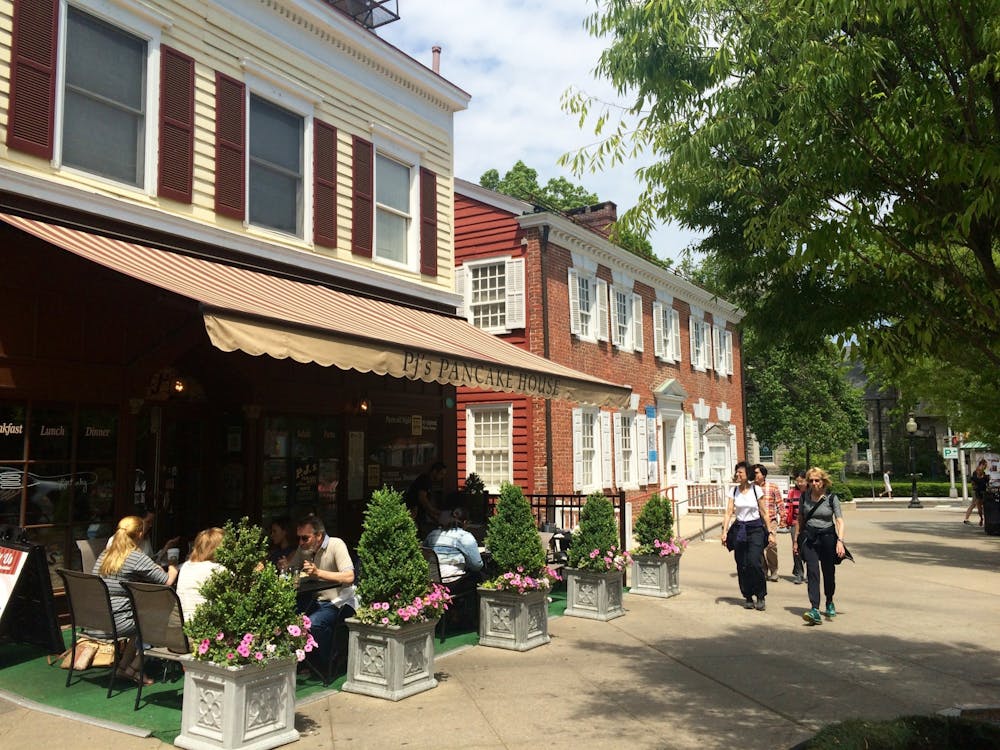Although the name Domenikos Theotokopoulos may not ring a bell, for over a century now, the name El Greco by which he is more commonly known, has conjured up images of drawn out figures and intense spirituality.
Acknowledged as one of the geniuses of western art, this 16th century artist is recognized for work marked by a unique fusion of various influences from his contemporaneous environment and a radically progressive artistic vision.
Tradition, innovative style
Now, for the first time in over 20 years, a broad retrospective of the El Greco's work, on view at the Metropolitan Museum of Art in New York City, divulges both the tradition that inspired the artist and the resulting innovative style associated with the name El Greco.
The highly anticipated exhibition is arranged geographically, tracing the journey of the artist's life and art with approximately 70 works that highlight the stylistic peculiarities picked up by El Greco along his way through Crete, Italy and Spain.
The exhibition touches on various genre, among them rare icons, sculpture, altarpieces, portraits and landscapes but focuses on his monumental paintings, whose distinguishing mystical quality indicates El Greco's signature style.
Also incorporated in the exhibition is information on the deep-seated impact he had on such modern artists as Picasso and Pollock, suggesting El Greco as an artist ahead of his time.
The exhibition opens with several of El Greco's recently identified works done in the Byzantine icon tradition of lare 16th century Crete. From this early start, the curators hint at the artist's tendency toward an abstract quality in his work that will resurface in subsequent galleries. From Crete, the exhibition moves to Italy, where El Greco embraced Renaissance values in Venice and Rome. Here, the viewer is guided through works that incorporate new ideas about space, anatomy and composition such as "Christ Healing the Blind" ca. 1570.
The exhibition focuses primarily on El Greco's work in Spain, where his art achieved new heights. From Madrid, where he failed to become the court painter of Philip II, to Toledo.
El Greco's altarpieces are displayed as examples of the artist's inclination toward a unique imaginary realm and agitated personal style. This is found in the bold color and composition of such distinctive altarpieces as "The Adoration of the Name of Jesus" from the late 1570s.
Before reaching the crowning works of his career, one takes a detour into an intimate room of portraits by El Greco. Primarily from the turn of the century, these works offer comprehensive character analyses.
Especially noteworthy are "Fray Hortensio Felix Paravicio" from 1609 and the celebrated psychological examination of "Cardinal Nino de Guevara" from 1600.
On our journey toward El Greco's ultimate creations, the viewer watches as the artist's sense of space flattens, his interpretations lean towards fantasy and his emotional depictions embrace a kind of haunted passion..

It is finally towards the end of his life, in Toledo, that El Greco comes into his own, spending his last decades creating the masterworks associated with him today.
Final gallery
Upon entering the final gallery of the exhibition, the numerous influences indicated throughout his career come together in works filled with unique shape distortions and unreal light.On the back wall, three paintings, "The Virgin of the Immaculate Conception," "St. Peter" and "Saint Idelfonso" potentially created for a single chapel, hang together for the first time.
El Greco's passion and intensity fill the tall paintings hung in this gallery that inevitably carry the awe-inspired viewer's eye up along his elongated figures.
His masterpiece, "Adoration of the Shepherds" from 1612, believed to be created by the artist to decorate his own tomb, stands as a concluding monumental work, a final testament to El Greco's body of work that drew on the past and shaped the future.
El Greco is at the Metropolitan Museum of Art from Oct. 7th through Jan. 11th, 2004. It will move to London in February 2004. Also on view at the Met are Pollock's studies of El Greco's work.







